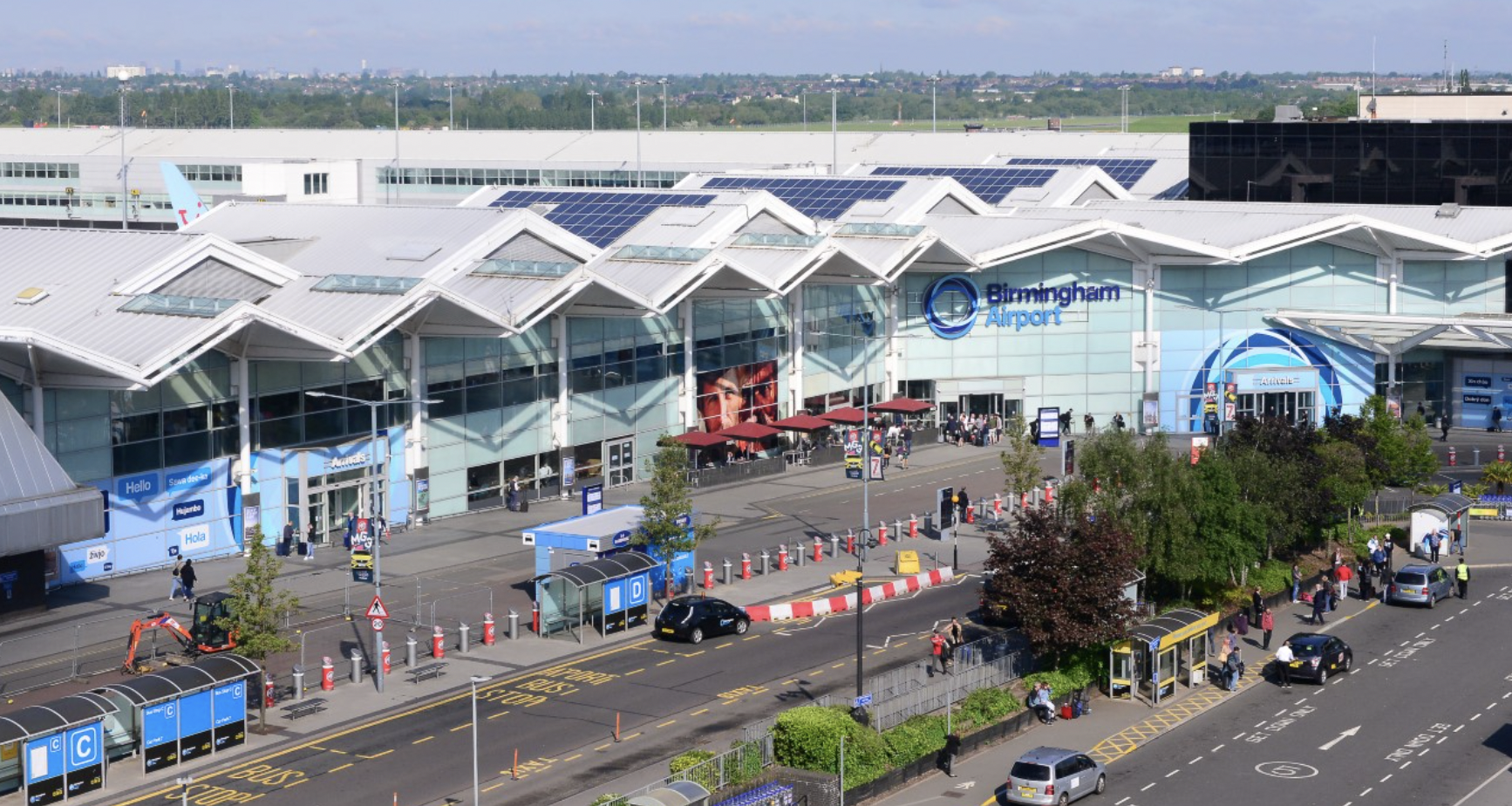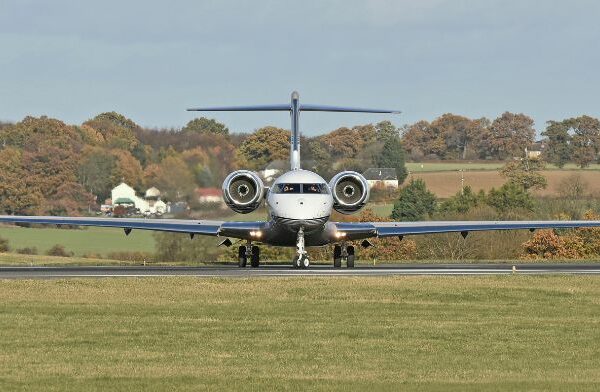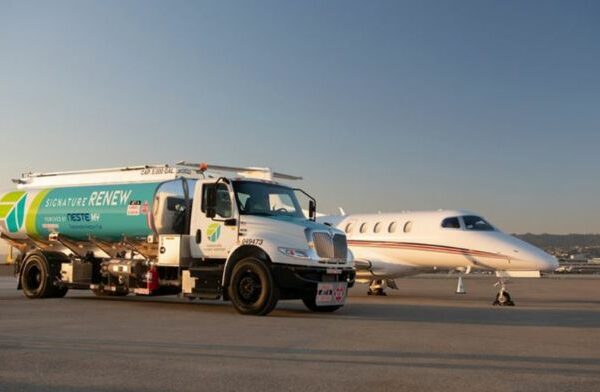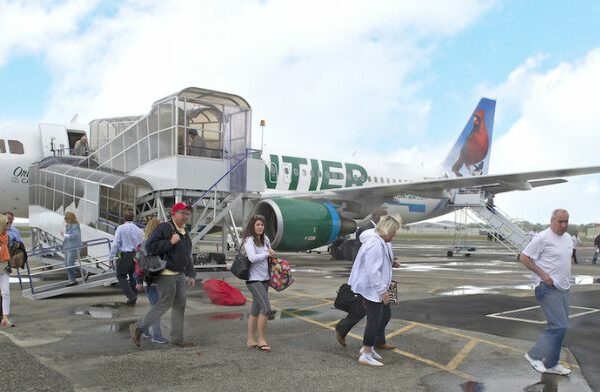


The UK’s Birmingham Airport has consumed 10% less electricity between April and September 2022 compared with the same period in 2019.
The reduction was achieved through the implementation of low-energy options, such as LED lighting, smart meters, continual energy-use audits, regular site walk-arounds and driving awareness and behavioural change in the 8,000 people who work at the airport site.
Simon Richards, Chief Finance and Sustainability Officer at the airport said: “We aim to achieve the hugely challenging goal of becoming a net zero carbon airport by 2033 through genuine carbon emissions reductions with the minimum of offsetting.”
The West Midland transport hub’s plans to become a net zero carbon airport in the next 11 years include reducing the carbon emissions it controls by 5% against 2019 levels in 2022, by 60% in 2027 and by +90% in 2033. Plans are afoot at the UK hub to implement low-carbon alternatives into its day-to-day operations, including vastly expanding its use of solar panels, and continually measuring and where possible reducing, its energy consumption against the 2019 benchmark.
“In our decarbonisation plan, we can see a relatively straightforward path for us getting the first two thirds of our way to net zero. The final third is really challenging and right now we don’t know quite how we’ll do it. We will likely rely on technologies not yet invented,” continued Richards.
“While I’m pleased we have cut our electricity and gas consumption against 2019 levels, now is no time to relax. Most of our carbon-cutting journey lies ahead of us, so we must maintain focus,” he concluded.
The UK Government plans to set UK airports a goal of becoming zero-carbon by 2040, ahead of its development of a regulatory framework to deliver net zero aviation by 2050.
Header image: Solar panels on the roof of Birmingham Airport





